How Do I Recognize When A Tree Is Sick? What Are The Signs?
- September 23, 2024
- 0 comment
Learn how to recognize when a tree is sick by identifying key symptoms such as discolored leaves, bark issues, and unusual growths. Protect your trees with early detection and care. Recognizing these symptoms early can help prevent further damage and ensure the health and longevity of your tree. We’ll explore the key indicators of tree sickness and how to identify them, so you can take prompt action and keep your trees thriving.
Visual Symptoms of Tree Sickness
Discolored Leaves
Discolored leaves are one of the most noticeable signs that a tree may be suffering from an issue. Yellowing leaves, for instance, often indicate a problem with nutrient deficiencies, particularly nitrogen. This can also result from poor soil conditions or overwatering, which impacts the tree’s ability to absorb essential nutrients. On the other hand, browning or spotting may suggest fungal infections or pest infestations. If left unaddressed, these discolorations can spread, leading to a decline in the overall health of the tree.

In some cases, discolored leaves could also be a reaction to environmental stressors such as extreme temperatures or pollution. Identifying the underlying cause of the discoloration is crucial, as it can help determine the appropriate treatment. Regular monitoring and proper care can often alleviate minor issues before they escalate, ensuring that your tree remains healthy and vibrant.
Abnormal Leaf Drop
Abnormal leaf drop, where a tree loses leaves prematurely or excessively, is another indicator of potential problems. This can be caused by a range of factors, including drought stress, where the tree sheds leaves to conserve water. Alternatively, excessive leaf drop might signal root problems or a severe pest infestation. Trees often drop leaves to cope with stress, but when this happens in large quantities or out of season, it may be a sign of more significant issues that need addressing.

Seasonal leaf drop is normal, but when it occurs outside of the typical timeframe or is accompanied by other symptoms, it’s worth investigating further. The tree’s overall health and recent environmental changes should be considered to determine the cause. Prompt attention to abnormal leaf drop can help mitigate further damage and support the tree’s recovery.
Tree Trunk and Bark Issues
Cracked or Split Bark
Cracked or split bark is a serious concern for tree health and often indicates underlying problems. Cracks or splits in the bark can result from environmental stressors such as extreme temperatures or rapid changes in weather. For instance, freezing temperatures followed by sudden warmth can cause the bark to expand and contract, leading to cracks. Additionally, physical damage from lawnmowers or other equipment can create openings where pathogens may enter. These cracks can compromise the tree’s ability to transport nutrients and water, potentially leading to more severe health issues.

In some cases, cracked or split bark may be a symptom of a more significant condition such as fungal infections or diseases like cankers. These infections can further weaken the tree and may eventually lead to structural instability. Promptly addressing and treating the underlying causes of bark damage is crucial to maintaining the tree’s health. Regular monitoring and maintenance can help prevent cracks from worsening and reduce the risk of disease spread.
Gooey or Oozing Spots
Gooey or oozing spots on a tree trunk are indicative of a range of potential problems, including infections or physical injuries. These spots, often seen as resin or sap leaks, may be caused by fungal infections or bacterial diseases. For instance, certain types of bacteria and fungi produce a sticky substance as they invade the tree’s vascular system. This gooey secretion can be a sign of a serious infection that requires immediate attention to prevent further spread and damage.
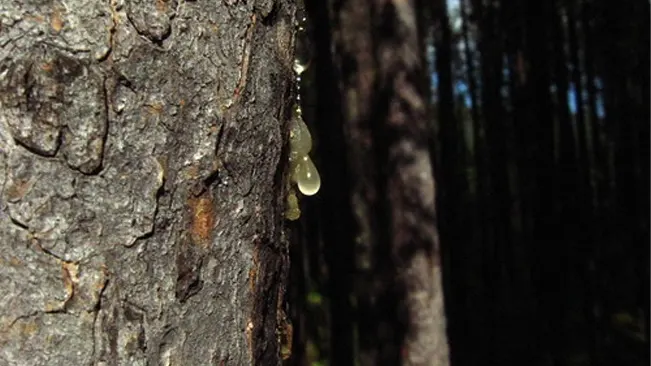
Oozing spots can also result from physical injuries or damage, such as wounds from pruning or mechanical impacts. These injuries can create entry points for pathogens, leading to additional complications. Proper wound care and monitoring are essential to mitigate the effects of these injuries and promote healing. Identifying the cause of the ooze and applying appropriate treatments can help restore the tree’s health and prevent further issues.
Unusual Growths
Unusual growths on a tree trunk or bark, such as galls, cankers, or fungal fruiting bodies, often signal underlying health issues. Galls are abnormal growths caused by pests or diseases that induce excessive cell growth, resulting in lump-like structures. Cankers, on the other hand, are sunken, dead areas on the bark caused by fungal infections that can disrupt the tree’s nutrient transport system. These growths can weaken the tree and make it more susceptible to further damage.
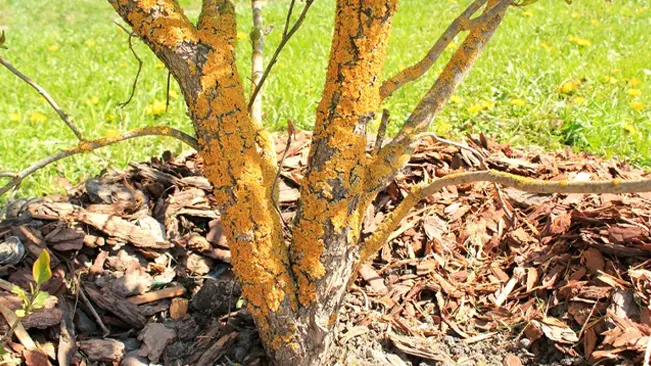
Unusual growths can also indicate environmental stress or poor tree management practices. For example, poor pruning techniques can lead to the formation of cankers. Identifying the type of growth and its cause is essential for effective treatment. Regular inspections and proper tree care practices can help manage and prevent these issues, ensuring the long-term health and stability of the tree.
Root and Soil Conditions
Exposed or Damaged Roots
Exposed or damaged roots are a significant concern for tree health as they compromise the tree’s ability to absorb water and nutrients effectively. Roots may become exposed due to soil erosion, which can occur from heavy rainfall, improper landscaping, or construction activities. Once exposed, roots are more vulnerable to physical damage and environmental stressors. Damaged roots can lead to a reduction in the tree’s stability and overall health, as they are critical for anchoring the tree and providing essential resources.
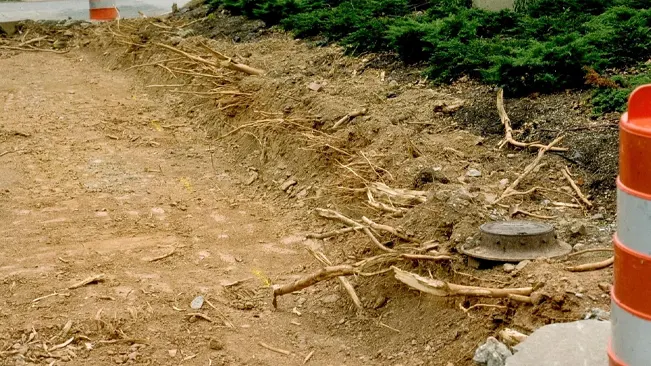
Additionally, exposed roots are more susceptible to drying out, which can further stress the tree. Physical damage, such as from lawnmowers or construction equipment, can cause wounds that allow pathogens to enter, leading to infections or decay. Addressing exposed or damaged roots involves covering them with a layer of mulch or soil to protect them and prevent further exposure. Proper management practices and regular inspections can help mitigate the risk of root damage and support the tree’s health.
Poor Soil Drainage
Poor soil drainage can significantly impact tree health by causing waterlogging or drought conditions. Waterlogged soil prevents air from reaching the roots, which can lead to root rot and other fungal infections. Inadequate drainage can result from compacted soil, improper grading, or poor landscaping practices that impede water flow. Trees growing in poorly drained soil often exhibit signs of stress, such as yellowing leaves or reduced growth, due to the lack of oxygen and excess water around the roots.
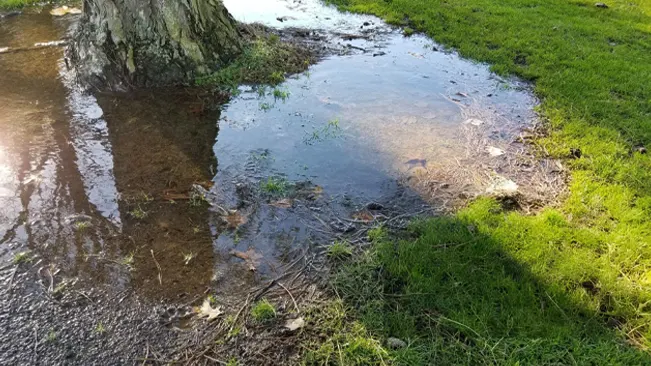
Conversely, poor drainage can also lead to conditions where soil dries out too quickly, causing drought stress. This can hinder the tree’s ability to take up necessary nutrients and water. Improving soil drainage involves techniques such as aerating the soil, creating proper grading, or installing drainage systems to redirect excess water. Ensuring that soil conditions are conducive to healthy root growth is essential for maintaining the overall health and stability of the tree.
Behavioral Changes in the Tree
Premature Leaf Fall
Premature leaf fall is a noticeable behavioral change that can indicate stress or illness in a tree. When a tree drops its leaves earlier than usual, it often reflects an underlying problem such as drought stress, where the tree sheds leaves to conserve water. This can also occur due to sudden environmental changes, like extreme temperatures or inadequate watering. Premature leaf drop reduces the tree’s ability to photosynthesize, which in turn affects its overall health and growth.
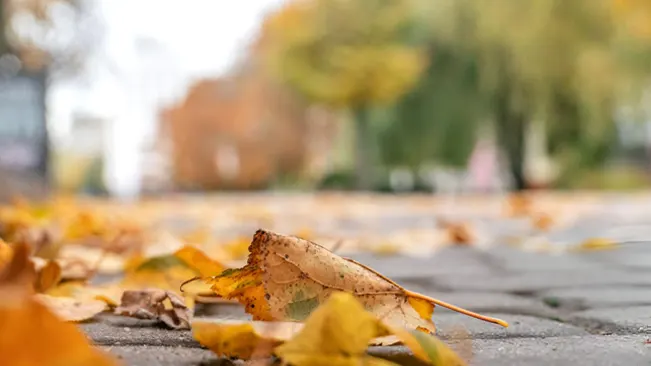
In addition to environmental stress, premature leaf fall can be caused by diseases or pest infestations. Fungal infections and bacterial diseases can disrupt the normal life cycle of leaves, causing them to fall off prematurely. Regular monitoring and early diagnosis are crucial in managing premature leaf fall, as addressing the root cause whether it be water stress, disease, or pests can help mitigate the problem and support the tree’s recovery.
Increased Pest Activity
Increased pest activity is a significant indicator that a tree may be struggling with health issues. When a tree is unhealthy or stressed, it becomes more attractive to pests and insects. Pests such as aphids, scale insects, and caterpillars are often drawn to weakened trees, as they are easier to infest and can cause additional damage. Increased pest activity can lead to further deterioration of the tree’s condition, including additional leaf drop, reduced growth, and potential disease spread.
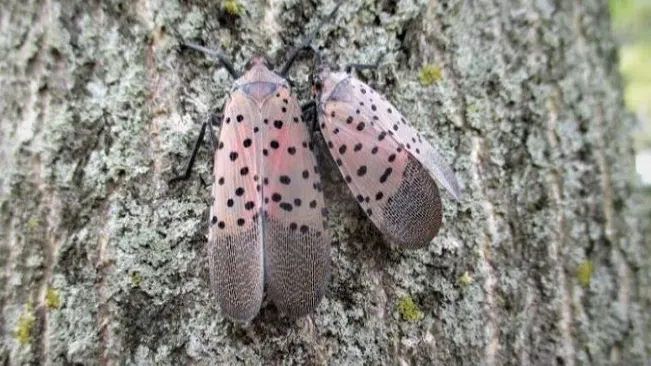
To manage increased pest activity, it is important to regularly inspect the tree for signs of pests and take action as needed. Integrated pest management strategies, such as using natural predators, applying appropriate treatments, and improving tree health through proper care, can help control pest populations. Addressing the underlying health issues that attract pests will also contribute to the overall well-being of the tree and prevent future infestations.
Conclusion
Recognizing when a tree is sick is crucial for maintaining its health and longevity. By being aware of visual symptoms such as discolored or deformed leaves, and issues with the trunk and bark, such as cracks or unusual growths, you can take timely action to address problems. Monitoring root and soil conditions, including exposed roots and poor drainage, also plays a vital role in ensuring your tree’s well-being. Early detection and intervention are key to preventing further damage and promoting a healthier tree. Regular inspections and proper care can make all the difference, helping you keep your trees thriving and vibrant for years to come.
FAQs
- What are the common signs that a tree is sick?
Common signs of a sick tree include discolored leaves (yellowing, browning, or spotting), abnormal leaf drop, and deformed or misshapen leaves. Issues with the trunk and bark, such as cracked or split bark, gooey or oozing spots, and unusual growths, are also indicators. Additionally, exposed or damaged roots and poor soil drainage can signal health problems. - How can I identify if my tree has nutrient deficiencies?
Nutrient deficiencies often manifest as discolored leaves, such as yellowing or browning. For example, yellowing leaves may indicate a nitrogen deficiency, while brown leaf edges might signal a lack of potassium. If you notice these symptoms, consider testing your soil and providing the appropriate fertilizers to address the deficiency. - What should I do if I see cracks or splits in the bark?
Cracks or splits in the bark can be caused by environmental stress or physical damage. To address this, ensure that the tree is not exposed to extreme temperature fluctuations and protect it from further physical harm. If the cracks are severe or accompanied by other symptoms, consult with a tree care professional to assess the extent of the damage and recommend treatment. - How can I improve soil drainage around my tree?
Improving soil drainage involves addressing compacted soil and ensuring proper grading. You can aerate the soil to increase airflow to the roots and create channels for excess water to escape. Installing a drainage system or using mulch to cover exposed roots can also help manage water levels and improve drainage. - When should I seek professional help for my tree?
You should seek professional help if you notice severe symptoms such as large areas of dieback, extensive bark damage, or persistent issues with root or soil conditions that you cannot manage on your own. A certified arborist can provide a thorough evaluation and recommend appropriate treatments to restore your tree’s health. - Can tree sickness be prevented?
Yes, many tree sicknesses can be prevented with regular maintenance and care. This includes proper watering, fertilizing, pruning, and monitoring for pests and diseases. Keeping the tree’s environment healthy and free from stressors can reduce the likelihood of developing health issues.

Joel Cunningham
Forestry AuthorI'm Joel Cunningham, an expert in pruning and weed management with over a decade of experience. My skills are rooted in formal training and extensive practice, focusing on advanced pruning techniques and efficient weed control. I'm known for my quality work, precision, and deep understanding of plant health and soil dynamics. My contributions extend to educational initiatives where I share sustainable practices and advice, establishing myself as a reliable and authoritative figure in the gardening community.













Leave your comment